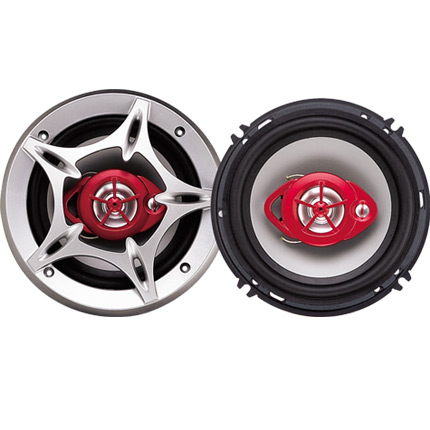Design and Functionality of the Push Pull Throttle Mechanism in Engineering Applications
Understanding the Push-Pull Throttle Assembly Mechanisms and Applications
The push-pull throttle assembly is a vital component in various mechanical systems, particularly in automotive and aviation industries. This assembly serves as the control mechanism that regulates engine power by adjusting the throttle valve's position, allowing air to mix with fuel and ultimately influencing the performance of an internal combustion engine. Understanding its design, functionality, and applications is crucial for engineers, mechanics, and enthusiasts alike.
Design and Functionality
At its core, the push-pull throttle assembly consists of a cable mechanism connected to the throttle pedal in vehicles or a control lever in aircraft. The assembly typically involves two primary components a push cable and a pull cable. When the operator pushes the throttle pedal or lever, the push cable pulls on the throttle valve, allowing more air into the engine. Conversely, when the throttle is released, the pull cable closes the valve, reducing air intake and power output.
This design creates a direct connection between the operator’s input and the engine’s performance, translating human intention into mechanical action. One of the significant advantages of this system is its simplicity and reliability. The straightforward mechanics require minimal maintenance, which is critical in aviation gadgets or racing vehicles where performance and safety are paramount.
Mechanisms in Action
The operation of a push-pull throttle assembly often involves several intricate mechanisms that ensure smooth throttle response and quick adjustment. Key components such as the throttle body, cable guides, and linkage systems work together to enhance performance. The throttle body houses the butterfly valve that physically opens and closes to manage airflow into the engine.
push pull throttle assembly

For a more refined performance, some modern vehicles employ electronic throttle control (ETC) systems. While they retain the push-pull concept, they integrate sensors and electronic control units (ECUs) for more precise control over the throttle position. However, traditional push-pull systems remain popular in many applications due to their reliability and ease of repair.
Applications in Automotive and Aviation Industries
The push-pull throttle assembly finds extensive application in various vehicles, from motorcycles to cars and even in small aircraft. In automobiles, particularly those designed for high performance or racing, this assembly provides quick throttle response and intuitive handling. During competitive racing, precise throttle control can make all the difference in lap times and overall performance.
In aviation, the push-pull throttle mechanism is equally crucial. Aircraft rely on this assembly to modulate engine thrust during different phases of flight, from takeoff to cruising and landing. Pilots make minute adjustments to the throttle to achieve optimal performance and fuel efficiency. The push-pull system ensures that even with minimal physical effort, pilots can effectively manage their aircraft’s power output, which is essential for safety and control.
Future Developments
As technology advances, the future of the push-pull throttle assembly may evolve further, integrating more advanced materials and smarter technology. Innovations in materials science could lead to lighter and more durable cable systems, enhancing overall performance and reliability. Additionally, advancements in sensor technology could enhance the responsiveness of mechanical systems while maintaining the reliability that this assembly is known for.
In conclusion, the push-pull throttle assembly is a crucial mechanism in the operation of various mechanical systems, with its design and functionality having remained largely consistent over the years. Its applications in the automotive and aviation industries showcase its versatility and importance, highlighting the necessity for continuous improvement and adaptation to new technologies. Understanding this assembly not only aids engineers and mechanics in their work but also enhances the appreciation for the blend of mechanics and human input in controlling powerful machines.
-
Workings of Clutch Pipe and Hose SystemsNewsJun.04,2025
-
The Inner Workings of Hand Brake Cable SystemsNewsJun.04,2025
-
The Secrets of Throttle and Accelerator CablesNewsJun.04,2025
-
The Hidden Lifeline of Your Transmission Gear Shift CablesNewsJun.04,2025
-
Demystifying Gear Cables and Shift LinkagesNewsJun.04,2025
-
Decoding Clutch Line Systems A Comprehensive GuideNewsJun.04,2025
